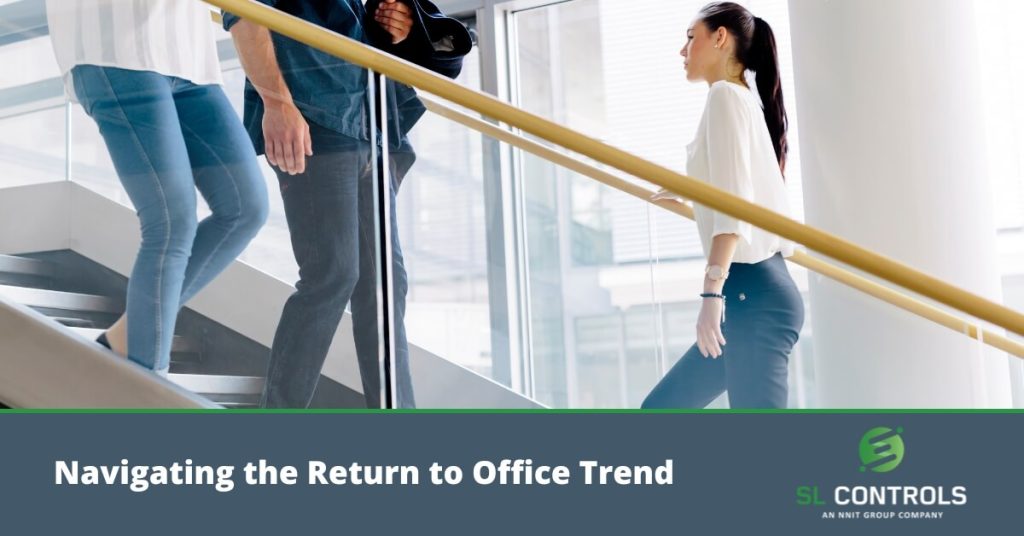Whether you are looking for a new career opportunity or your current employer is asking for a return to the office, the return-to-office trend can be worrying. It is a trend that is now firmly established as companies increasingly ask their employees to spend more time in the office. That could be a hybrid arrangement or, in some cases, moving to fully on-site.
It is a challenging situation on multiple fronts. For companies, remote and hybrid working brought benefits, but it also brought challenges. For example, young people entering the workforce don’t get the same opportunities to build relationships and experience a team environment when working from home.
For many employees, working from home offered benefits ranging from increased flexibility to less commuting time that would be at risk with a return to the office.
Tips and Advice
SL Controls Talent Acquisition Consultant, Jess Delahunt, offers tips and best practices for employees navigating the return to office trend. Jess said: “Don’t let the return to office trend put you off applying for a role where the working pattern doesn’t meet your requirement, but you feel you can deliver.
“It’s important to remember there is no requirement to state your availability to be at an office on your CV. It’s also important to remember that in many industries, there is still a talent shortage.
“The best advice is to secure your interview so you can show what you can deliver before raising an issue with the employer’s preferred in-office requirement. You can do this by preparing a quantifiable and qualitative list of what you have delivered while working remotely. It helps to emphasise productivity gains.
“Don’t, however, be forceful or demanding. Instead, be open to compromise and present the employer with potential solutions, not just problems. For example, working four days onsite for the first three months and then two thereafter. Or, fully onsite for six months to show you can deliver and remote thereafter except when required.
“Don’t be demanding on salary either, as too many question marks for the employer causes risk aversion. If it is the right opportunity for you, the small loss in salary will easily be compensated by flexibility around remote and hybrid working.
“Remember you don’t have to accept an offer you are unhappy with or that doesn’t work for you. In all negotiation situations, you have to be prepared to walk away to secure the terms you want.
“If you are being interviewed, you have a value to that employer. While some employers have very strict policies, many don’t. With those that are more flexible, you need to show you are flexible too, as well as being solution-focused, willing to compromise, and able to add even more value while delivering better results with a flexible working situation.
“In summary, don’t be scared off by rigid job ads that demand large volumes of onsite working if this doesn’t work for you. If you can show the right value, flexibility, and competencies, then it could be the right role with the terms you want.”





